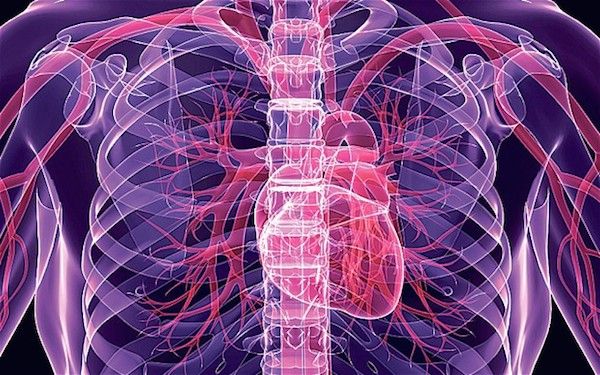Scientists have been carrying out trials using microscopic drones – nanoparticles – which are being used to seek and repair damaged arteries to prevent heart attacks and strokes.
So far the trails have been limited to laboratory mice with good results. If the technology proves successful scientists may be able to treat a myriad of diseases and infections in new, fast, and effective ways that will revolutionise medicine and chronic illnesses in humans.
The Telegraph reports:
The nanoparticles are designed to latch on to hard plaques in the arteries, made from fat cholesterol and calcium, which cause heart disease.
Once they reach their target, the “drones” release a drug derived from a natural protein that repairs inflammation damage in the body.
Each of the tiny particles, made from a plastic-like material, is 1,000 times smaller than the tip of a human hair.
Scientists said the use of nanotechnology could herald an “exciting” breakthrough for patients with heart disease, and could also assist with other areas of medicine.
In the tests, atherosclerosis [clogged arteries] in laboratory mice was significantly repaired after five weeks of treatment and plaques were stabilised, making it less likely for fragments to break off and clog blood vessels.
Dr Farokhzad said: “These are exciting times in medicine and the future of nanomedicine is incredibly bright.”
The nanoparticles are made from a biodegradable polymer that dissolves away in the body over time and is used in a number of approved medical products.
They were engineered to carry pieces of an “inflammatory-resolving” protein called annexin A1 which the body uses to quell inflammation and trigger healing.
In mice injected with the nanoparticles, significant improvements were seen, including reduced inflammation and a thickening of collagen layers in atherosclerotic plaques that prevented them rupturing.
Plaques were shrunk in size, and cleared of dead cells accumulating within them.
The scientists also observed a reduction in reactive oxygen species (ROS), highly destructive molecules that damage cells.
Similar changes were not seen when the annexin A1 was administered freely without being attached to the targeting nanoparticles, or when “empty” nanoparticles were used.
For the human trials, the team plans to fine tune the particles to optimise drug delivery and to package them with more powerful anti-inflammatory drugs.
Around 70 per cent of the nanoparticles implanted themselves into the plaques and slowly unloaded their drug cargo.
The new treatment could have major advantages over standard procedures, the scientists said.
“Atherosclerosis is a chronic disease, so drugs are taken for years, even decades,” co-author Professor Ira Tabas, from Columbia University in New York, said.
“An anti-inflammatory drug that is distributed throughout the entire body will also impair the immune system’s ability to fight infection.”

